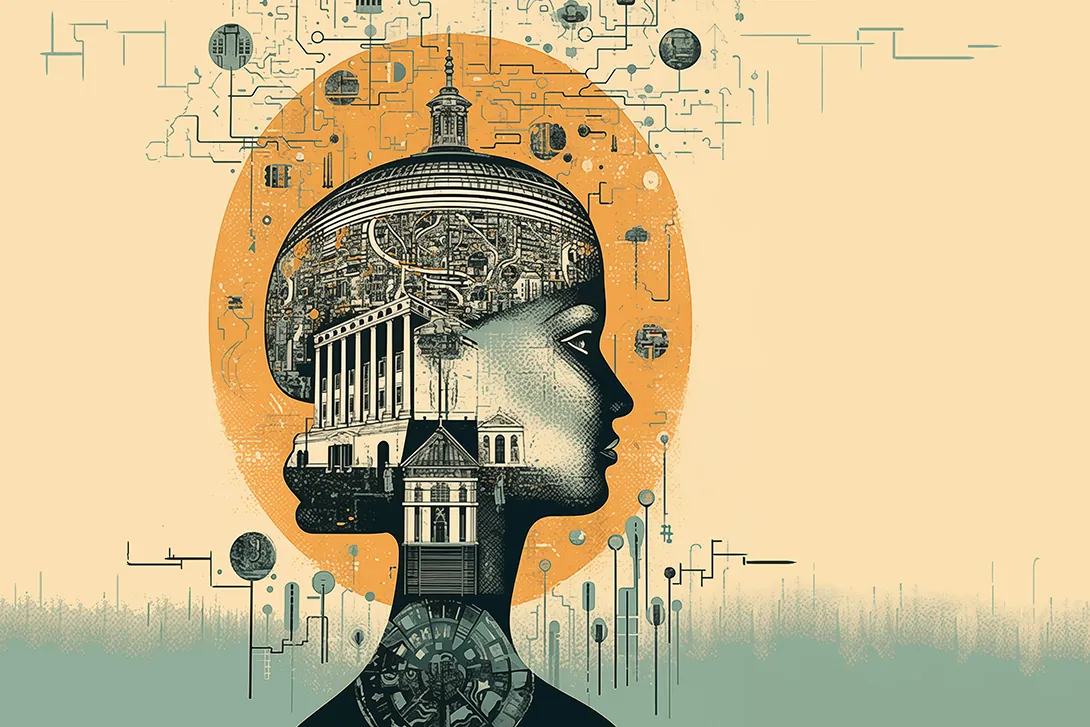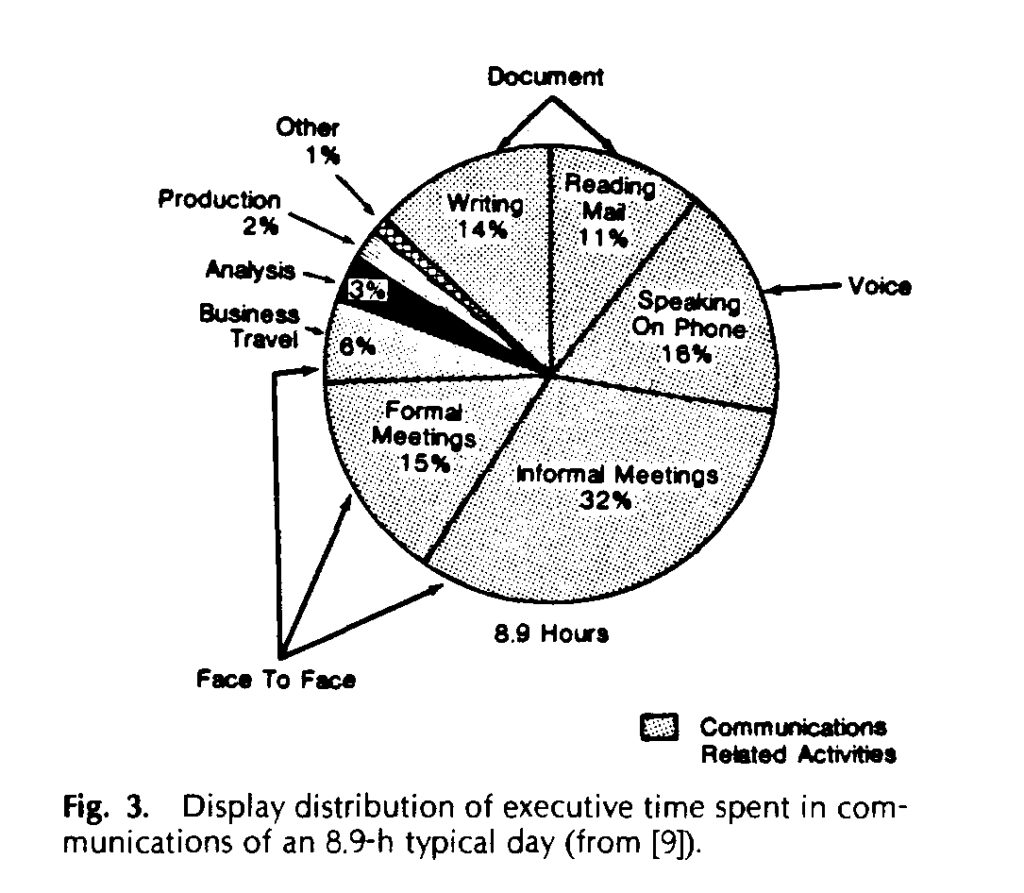Trump has signed an Executive Order “eliminating harmful Biden Administration AI policies and enhancing America’s global AI dominance.” (Fact Sheet) In a Fact Sheet he calls Biden’s order(s) dangerous and onerous using the usual stifling innovation argument:
The Biden AI Executive Order established unnecessarily burdensome requirements for companies developing and deploying AI that would stifle private sector innovation and threaten American technological leadership.
There are, however, other components to the rhetoric:
- It “established the commitment … to sustain and enhance America’s dominance to promote human flourishing, economic competitiveness, and national security.” The human flourishing seems to be
- It directs the creation of an “AI Action Plan” within 180 days to sustain dominance. Nothing is mentioned about flourishing in regards to the plan. Presumably dominance is flourishing. This plan and review of policies will presumably where we will see the details of implementation. It sounds like the Trump administration may keep some of the infrastructure and policies. Will they, for example, keep the AI Safety Institute in NIST?
- There is an interesting historic section reflecting back to activities of the first Trump administration noting that “President Trump also took executive action in 2020 to establish the first-ever guidance for Federal agency adoption of AI to more effectively deliver services to the American people and foster public trust in this critical technology.” Note the use of the word “trust”. I wonder if they will return to trustworthy AI language.
- There is language about how “development of AI systems must be free from ideological bias or engineered social agendas.” My guess is that the target is AIs that don’t have “woke” guardrails.
It will be interesting to track what parts of the Biden orders are eliminated and what parts are kept.




